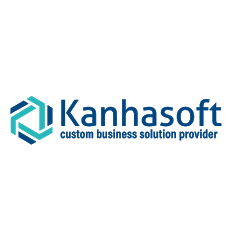
AI Software Development vs Human: What We Found
Can AI in product development truly accelerate coding without sacrificing quality? Read the comparison revealing the truth about AI software development.







© 2024 Crivva - Business Promotion. All rights reserved.